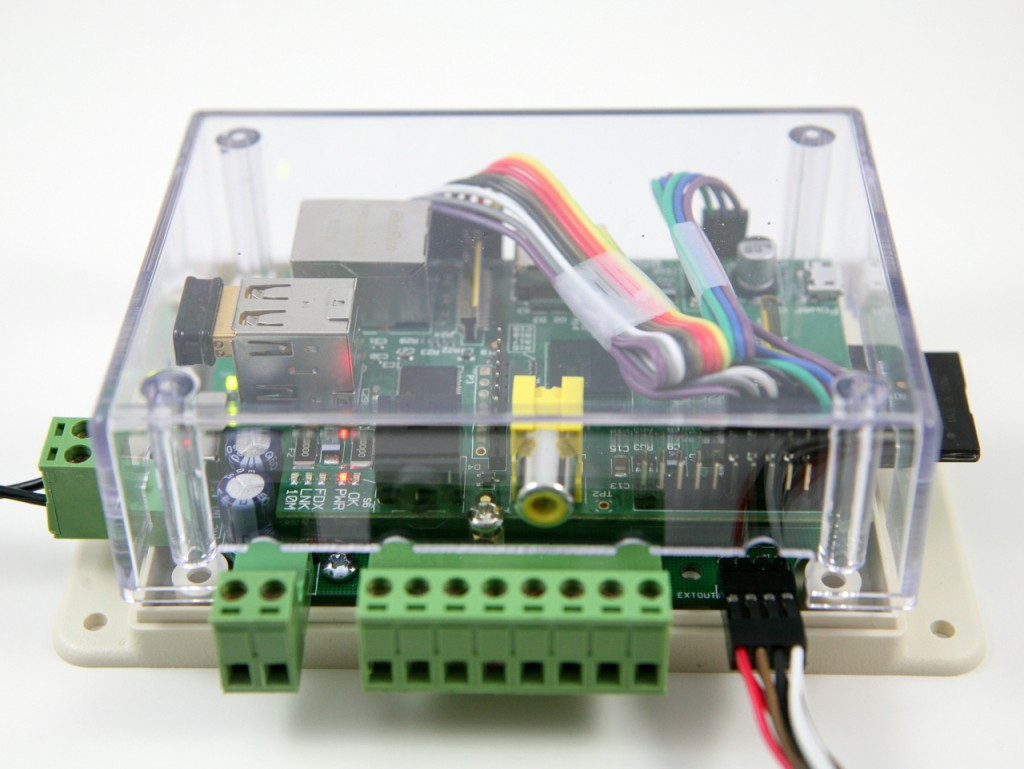Hi, I am glad to announce the arrival of OpenSprinkler Pi (OSPi) 1.0 — a sprinkler or irrigation extension board for Raspberry Pi that provides direct access and control of sprinkler valves. This post serves as a quick introduction to the hardware and software setups. A more dedicated webpage will be available soon. First off, a picture of the board:
and a video introduction:
Since the beginning of Raspi, there have been many published DIY projects on how to use Raspi for home automation need. I bought a Raspi a few months ago, and have been quite happy with it since then, but I at that point I had not thought about designing an OpenSprinkler extension board for it. The idea of OSPi first came when I noticed that several OpenSprinkler users were setting up Raspi to work with OpenSprinkler. There are many good reasons to do so, for example, to enable logging, to customize the default Javascript files, and to allow more advanced features such as weather-based and learning-based control. At one point I started thinking: wouldn’t it be nice to design an extension board for Raspi, so that it can directly talk to sprinkler valves through the GPIO pins, without an additional layer of microcontorller and Ethernet controller? This has been on my todo list for quite a while, until one day I was playing with Raspi, and I suddenly that the I can actually fit a Raspi inside the existing OpenSprinkler enclosure. As soon as I figured this out, I couldn’t resist ordering a small batch of prototype PCBs right away.
The content below has been updated and moved to a dedicated product page for OSPi at http://pi.opensprinkler.com.

